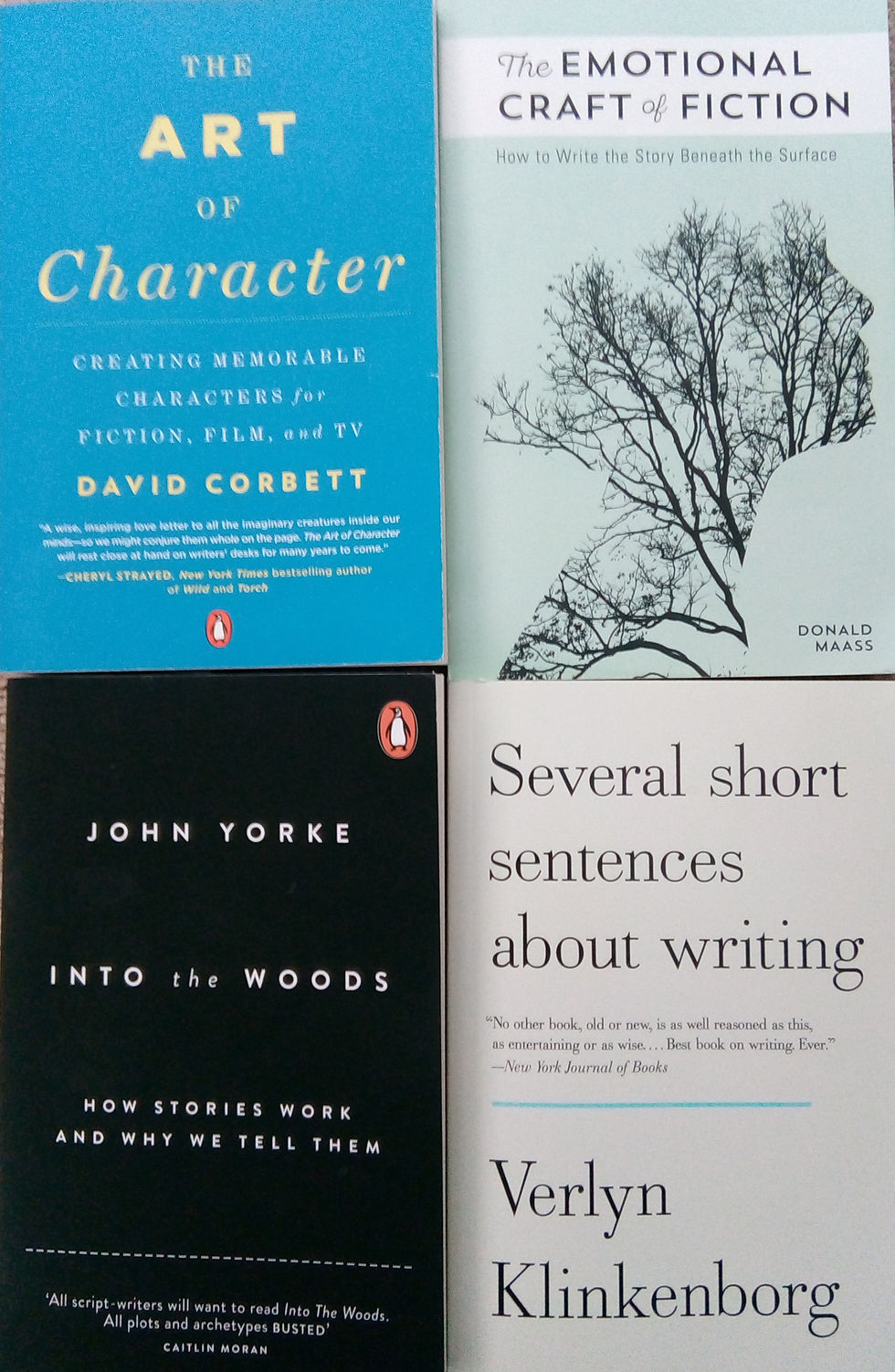Trawling for Traits
- Rik Lonsdale

- Nov 6, 2019
- 2 min read

Trawling for Traits
These last two weeks have been devoted to the study of character and the way it is presented in narrative. Many things in this are helpful to me in my journey, trying to understand enough to be able to write competently, but it daunts me. I begin to doubt myself. How can I keep the four ways of direct character presentation (Dialogue, Appearance, Action, Thought) and the two indirect methods of presentation (Authorial interpretation and Character interpretation) in my mind while I am writing? And alongside these the details from Character questionnaires and other character defining exercises I’ve completed. Then I mustn’t forget to avoid stereotypes or caricatures or clichés. How can all these things be present as I write without my head exploding?
The simple answer is that they can’t. It’s impossible to do all that and be involved in the story to the extent that imagination is brought to life. I guess that’s why ‘The Artful Edit’ by Susan Bell sits on my bookshelf, as yet unopened. But before that text can be useful, I need to produce something worthy of editing.
Which brings me to the picture at the head of this post. These are two utterly different books set at different historical periods with protagonists that could hardly be more different. Yet both books convey the essence of the main characters in a scant few pages. In each of these masterpieces the prose shows the character of the narrator embedded in the words themselves. The short and verbally simple sentences of ‘The Boy in the Striped Pyjamas’ would be easily understood by the nine-year-old Bruno. The subtle, nuanced and symbolic language in ‘Milkman’ is a window on the world of the first person narrator, ’Middle-sister’, where fear is never far away, where to be noticed is to be in danger.
This is not unique to these books; I’m sure readers could identify many examples. I mention them only because they are my current reading. I doubt I can come anywhere close to replicating such precision and clarity while remaining grounded in the story being told, but I’ll give it my best shot.
Craft Seminar Exercises completed
Writing Experiment 67 ‘I don’t remember’ in the voice of a character.
Writing Experiment 53 A break-up letter in the voice of a character
Both the above from https://wille.org/
Exercise 1 and 2 from pp99-100 ‘Writing Fiction’ Janet Burroway
Other Writing
Writing Experiment 1 ‘A Novel in 1500 words’; ten ‘chapters’ of 150 words or so. Just begun.
A 500-word piece for publication in a local magazine. Submitted.
Current Reading
‘Writing Fiction’ Burroway, Chapter 4
‘Reading Like a Writer’ Francine Prose Chapters 5/6
‘The Art of the Character’ David Corbett Chapters 3
‘The Boy in the Striped Pyjamas’ John Boyne
‘Milkman’ Anna Burns
‘The Stories of Raymond Carver’ Short, sharp, funny, horrific, believable.
In Other News…
Some of the work on characterisation will be used to facilitate a local writing group.
I am now about halfway through ‘Term 1’ of this ‘Do It Yourself MA’.
My writing buddy, George, and I meet weekly to critique the previous weeks work and set work for the coming week. This feedback partnership is valuable in many ways, not least for the alternative interpretation of an exercise.








Comments